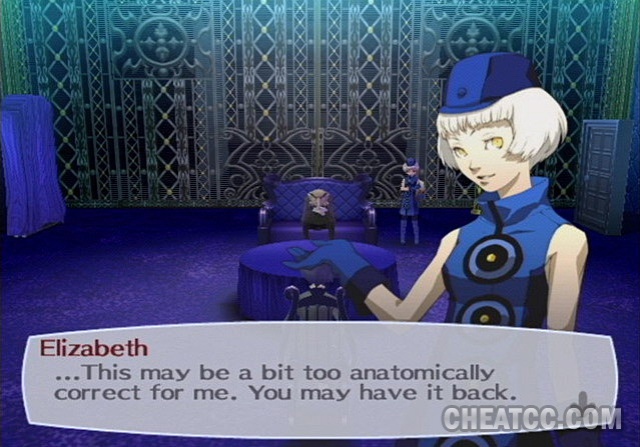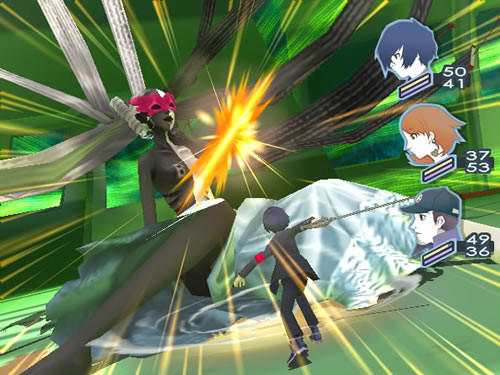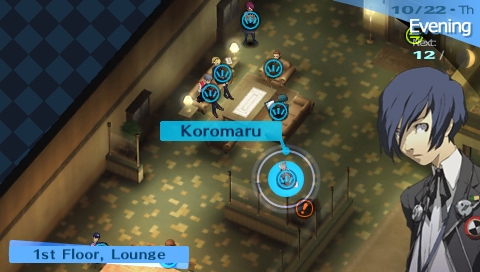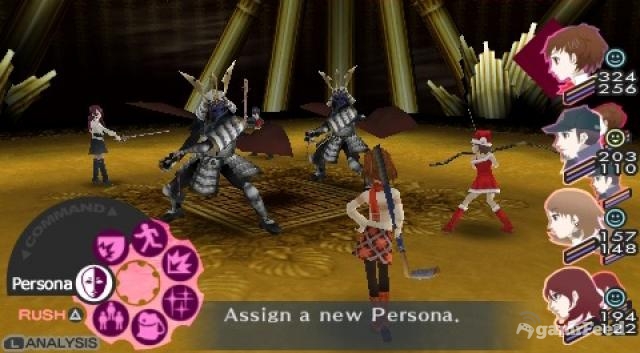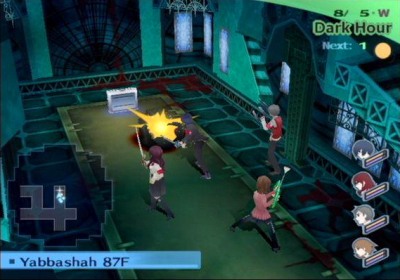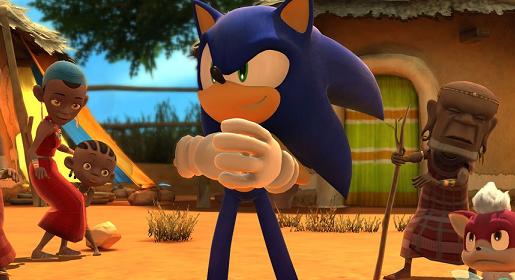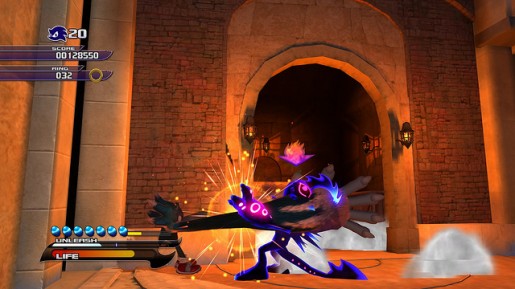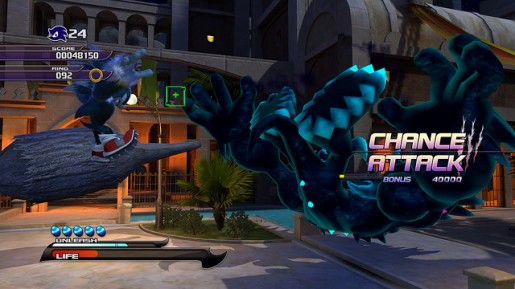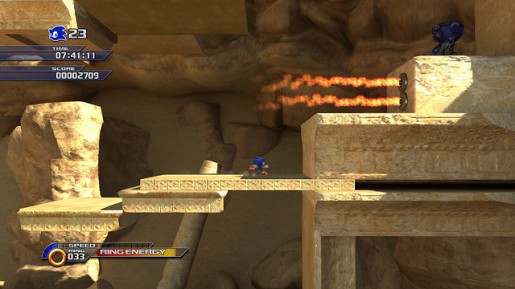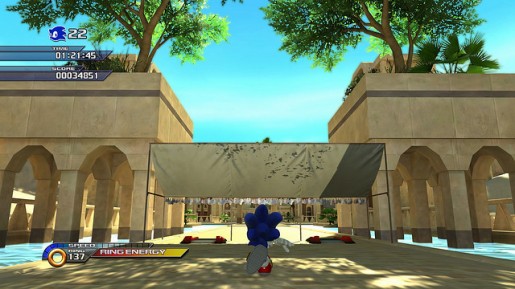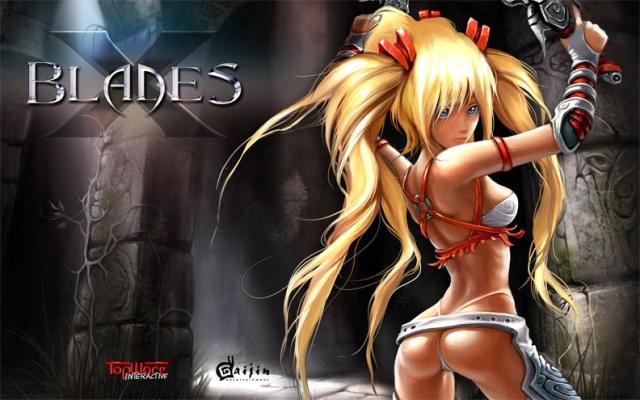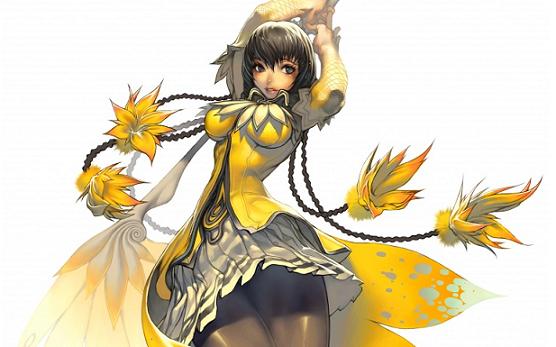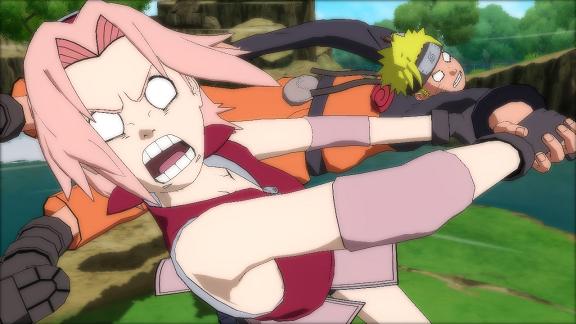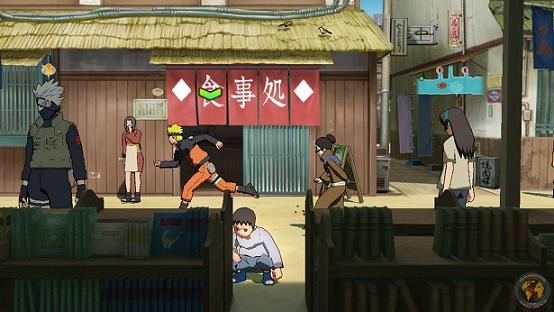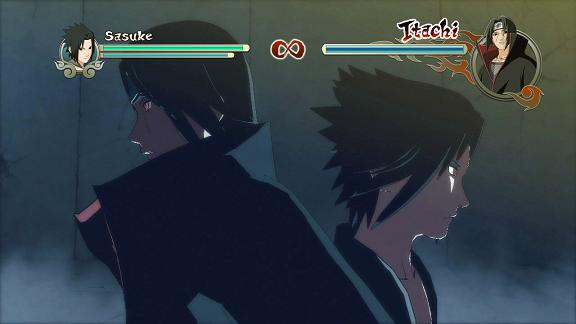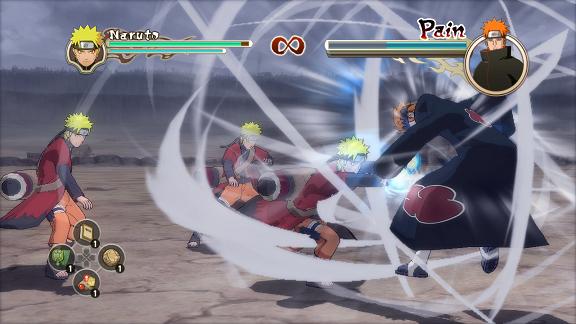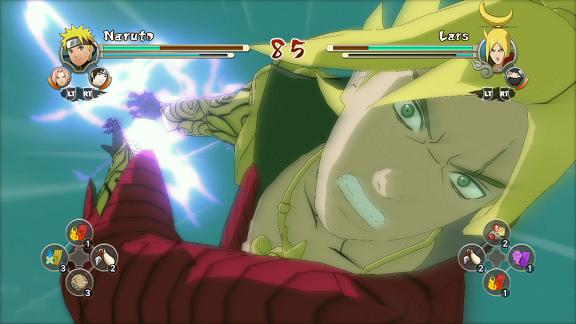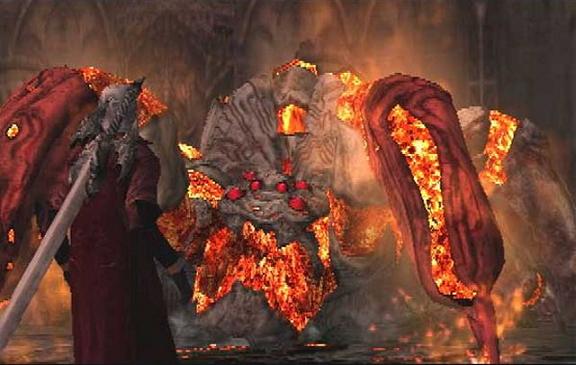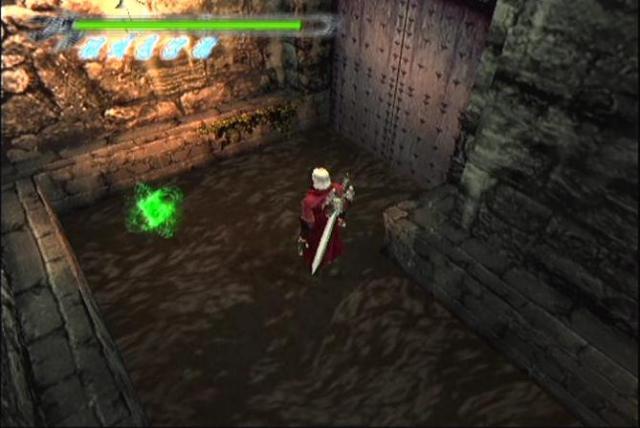
Platform: PC (Windows/Mac OS X/Linux x86)
Developer/Publisher: Four Leaf Studios
Genre: Visual Novel
ESRB Rating: Unrated (This is a freeware game and did not go through any rating system at all. If it were to be rated by the ESRB, it would most likely get the mythical “AO: Adults Only” rating.)
– Katawa Shoujo is a freeware title and may be downloaded free of charge from the official website. Please note that this game contains explicit adult content and should not be downloaded by persons under the age of 18 (or whatever the legal age for such things happens to be in your country.)
When most people first hear about Katawa Shoujo, they tend to be rather reluctant to give it a chance. There are several good reasons for this. For starters, at first glance it seems to be a standard-issue hentai visual novel game… in other words, porn. It certainly doesn’t help that 4chan, from whence the development team (Four Leaf Studios) sprang up, has a rather unsavory reputation here on the Interwebs. And then there’s the concept itself: a visual novel “dating-sim” sort of game centering on a cast of potential love interests who seem to carry the “gimmick” of all having some obvious physical disability, which might seem like it’s catering to some strange fetish if one has already fallen victim to the first misconception.
Let me be clear: Katawa Shoujo does indeed have explicit adult content, but calling it a hentai game or, really, any sort of porn is a gross exaggeration of how much emphasis it puts on that. What this visual novel actually is, is a deep and engaging “choose your own adventure” romance novel with endearing characters, fantastic writing, memorable music, and stellar artwork and presentation that will very likely draw you in and move you, not necessarily to tears, but enough so that it sticks with you and gets you thinking.
Having more or less given this game my unguarded recommendation already, let’s get down to brass tacks and look at it in detail.

Not exactly the most dignified way to discover that one has arrhythmia, but it could have gone a lot worse, and look on the bright side! If you had died, you would have died happy! Sure, your lifelong crush would have been traumatized by the knowledge that she had inadvertently killed you, but still…
Katawa Shoujo (literally, “Disability Girls,” although that sounds simultaneously demeaning and like some bizarre parody of the Powerpuff Girls) is told in the first person, from the perspective of Japanese high-school student Hisao Nakai. The story begins one snowy day in the woods, where Hisao’s classmate and crush has asked him to wait. When she arrives, she confesses her feelings for him. Which would be fantastic for Hisao if his body hadn’t picked that moment to announce, “Hey, dude, did I mention you have a really bad chronic and incurable heart condition?” by way of sudden heart attack. So, his life turned quite suddenly upside-down, Hisao is left to brood for four months in a hospital bed and then is forced to transfer to a new school: Yamaku Academy, a high school for the physically disabled.
The story from there chronicles the beginnings of Hisao’s new life, told chiefly through his own internal monologues and dialogue scenes with stillframe anime-style portraits of the game’s various characters. The story consists of up to four acts per playthrough, with the first act focusing on Hisao’s first days at Yamuku Academy and his first meetings with the girls the game’s five main plotlines center on. During this first act, the player is presented with a handful of decisions which, in turn, lead to other decisions, all of which pile up to determine which of the five girls Hisao spends the upcoming school festival with: that decides which “path” the story takes from there. The upshot is that Katawa Shoujo branches off from Act 2 onwards into five distinct love stories with their own central conflicts, perspectives, and emotional overtones. The five love interests in question are a motley bunch, each with their own unique personalities and underlying psychological issues which don’t entirely center on their respective disabilities. This is a refreshing aspect of the story, since when I first started reading I was worried that the characters would be one-dimensional cardboard cutouts with no discerning characteristics beyond “This girl has no arms,” “This girl is deaf,” or “This girl has burn scars all up and down one side of her body.”
This is one of the most telling aspects of Katawa Shoujo‘s characterization and storytelling: the “disabilities” aspect is handled with just about as much class and realism as is humanly possible. Yes, the characters all have physical disabilities that are obvious and very “front and center” influences on their personalities, but they aren’t defined by them. It’s a concept that could easily have gone awry, and yet it’s handled so well that it does nothing more or less than enhance the depth and impact of the thing. The setting itself is also very well fleshed-out, though having never attended a Japanese high school for the disabled I can’t speak for its authenticity.
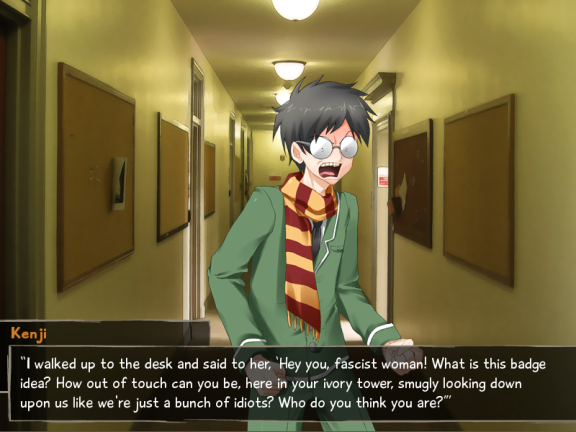
Kenji’s courageous political stand might have been more effective if he had thought to account for the fact that the Student Council president is, well… deaf. As it stands, it’s just kind of embarrassing in hindsight. But no less admirable!
In terms of presentation, this visual novel is about as top-notch as visual novels ever get. There isn’t any voice acting, unfortunately, but the story is accompanied by fantastic character portraits and artwork, with just enough animation and sound effects thrown in to make the visual accompaniment worth it all the way through. The soundtrack, which is comprised of no less than thirty-eight original compositions, is always atmospheric and fitting for the mood and situation at hand. For the most part the soundtrack is memorable and quite beautiful, and despite one or two relatively lackluster pieces is a joy to listen to while reading. It’s found it’s way onto my PSP’s mp3 track list, if nothing else, which should say more than enough about my verdict. In addition, at the start of the game’s second act, the player is treated to a brief anime introduction video for whichever story path they’ve landed on. All of these are quite beautifully put together and serve as fantastic little mood-setters for the stories that follow them.
The level of interactivity is, sadly, pretty minimal; I only refer to Katawa Shoujo by the word “game” with a certain degree of irony. At times throughout Act 1, the player is presented with choices that have a very obvious impact on Hisao’s standing with his various acquaintances. If the game had kept that up throughout all four acts, it might have made for a great interactive story experience, but the choices you are given during future acts are neither as frequent nor as significant. One of the game’s story paths actually only has one choice after Act 1, which essentially amounts to “Cheat on your girlfriend for the bad ending, don’t cheat on your girlfriend for the good ending.” (Oh yeah, um… spoiler alert.) It’s unfortunate that the game falls short so badly in this regard, because there was potential there and what choices actually do come up are pretty interesting. The story does make up for it, but I’m left feeling somewhat like I did after finishing Metal Gear Solid 4: Guns of the Patriots–lamenting the fact that most of the relevant gameplay is concentrated at the beginning of the game rather than consistent in quality throughout.

Sure, heart attacks are fun fun fun~! Next time y’all should try it out with me! The pins and needles are the best part, y’know, but the blinding pain is pretty neato, too~!
That complaint having been registered, the story more than makes up for it. Between Act 1 itself and the five story paths you can choose from, this novel is packed with hours of content and each story path is worth at least one read-through if for no other reason than because each offers its own distinct take on Hisao’s own progression as a character and a person. A reader’s mileage may vary on whether a given girlfriend is as interesting a character as any of the others (frankly the pushiness of Shizune and her pink-haired tagalong made it hard for me to get into their story as much as I did the other four), but the difference in personality between them results in each path having its own focus and overtones. A few of the paths are tempestuous emotional roller-coaster rides that will leave you biting your own lip with worry or frustration; others are calm and touching, or upbeat and playful. Each is an experience of its own; it’s hard for me to say definitively whether any one of them is higher or lower in quality than the others, except perhaps for the supporting characters in Shizune’s route being a fair bit less fleshed-out than the rest of the game’s cast. What’s more, since characters that are central to one path might also be involved in another, playing through all five stories actually provides a more complete picture (or at least a fresh perspective) on characters you thought you already knew well enough from that other story path you saw them in.
Each story path can end in two or three different ways depending on the choices the player makes at key moments during the course of the plot, although this isn’t always as poignant as it could be. The bad and “neutral” endings for most of the stories can be downright depressing when they happen, although a few of them feel more like abrupt and incomplete cut-offs rather than alternate endings. Some of the choices the game gives you are almost brain-dead in their simplicity, but a few might trip you up the first time you encounter them. Players who pay enough attention to the story and characters to really understand them shouldn’t have any difficulty in achieving their desired endings, but the game is built for the convenience of completionists anyway. The player can create as many save states as they desire, at any point during the story, so it’s easy to go back and experiment with the game’s decision points. In addition, the game’s Skip Mode function is very smartly programmed: it’s designed to speed through all text that the player has already encountered, automatically snapping to a halt at any instance of unread story, even if it’s just a minor divergence within a familiar scene. As a result, the novel never wastes your time. Returning to an earlier point in the story to explore a different story path or plot possibility is almost as easy as snapping your fingers.

The scary thing about Rin’s path is, I can actually follow most of her thought processes without much difficulty. This is saying something, as Rin is a walking, talking psychological clusterfuck.
Not to ignore the elephant in the room for a moment longer, though, let’s address the matter of sex scenes. There’s at least one in every story at some point or another; a few story paths have more than one, but in every case these scenes are accompanied by descriptive text and often-graphic artwork. By the wild standards often brought to mind by the word “hentai,” these scenes tend to be rather mild, but all the appropriate–or inappropriate, depending upon your point of view–anatomical bits are visible at some time or other. The development team was sporting enough to include a “Disable Adult Content” option for those uncomfortable with the site of human sexy-parts, though, which cuts out the main sex-scene segments (the exact mode of censorship is rather “What The Fuck” on its own merits, mind you). It’s a rather tacked-on option but it’s nice to have anyway, since not everyone is necessarily as comfortable as I am with uncensored sexual content. Readers should be advised that there will still be times when the topless character portrait shows–initially I had been under the impression that there would be something covering that up with the censorship active, but it turned out not to be the case.
The scenes themselves are relatively tasteful and realistic. But I really should clarify what I mean by that, since my definition of “tasteful” in this context is probably different than most others. What I mean by this is that when a sex scene happens, it happens and it’s not over-glorified or over-emphasized. The characters behave in the way you’d expect hormonal teenagers to behave, with their occasional forays into fetish territory and whatnot–it’s not the kind of flowery hyper-romanticized sex that sings of pure love and so forth, it’s just sex. But by that same token, it’s also… just sex. It’s never over-the-top and it’s not always graceful, either. In a society that often puts a little too much emphasis on having sex like a porn star, always having a perfect figure, et cetera et cetera, I can kind of respect this approach.
If I had to complain about it at all, my complaint would be that it’s not always necessary. A few of the sex scenes actually seem to come out-of-nowhere and for the life of me I can’t think of why they even happened apart from “Er… you’re on the good ending route and we haven’t had a sex scene yet… um um um… yikes, we’d better have a sex scene before the credits roll!” On those occasions, it leaves a bit of a bad taste in my mouth because those scenes kind of run contrary to the tone of the story as a whole. It’s at these times when the game feels least like a romance and most like a hentai. Fortunately, those times are the exception rather than the rule… little ungainly pimples on the face of an otherwise great experience. On the other end of the spectrum, some of the sex scenes stand out as important events in the story, such that I can’t really imagine the plot working as well were the sex scenes removed. Still other times they just depict a normal and healthy (if… slightly awkward) relationship between a guy and his girlfriend.
I will say this, though: when you’re on the edge of your seat wondering if the protagonist is going to die of a heart attack in the middle of an erotic encounter with the love of his life, it’s hard to feel particularly voyeuristic. And Hisao’s heart condition does bite him in the ass during one or two of these scenes. It’s hard not to sympathize with him when it does, although by that point I’m also slightly in awe of the human libido’s capacity to completely override common sense.
In closing, Katawa Shoujo is a marvel. At times tragic, at times erotic, at times hilariously stupid, at times mind-boggling, at times just good old-fashioned camaraderie and fun, and at times even outright inspiring, this is a visual novel that anyone with a taste for a good romance will most likely appreciate. The more carnal side of it may turn some people off to it, and it’s admittedly one of the more awkward things one might attempt to recommend to their friends, but at the end of the day the bottom line is this: I thoroughly enjoyed it, and recommend it to anyone who believes they might be able to look past the skin-deep impression of “Oh look, it’s a hentai game with amputees… ew.”
Because that skin-deep impression isn’t fair at all.
Besides, it’s free. You really have nothing to lose by checking it out.




